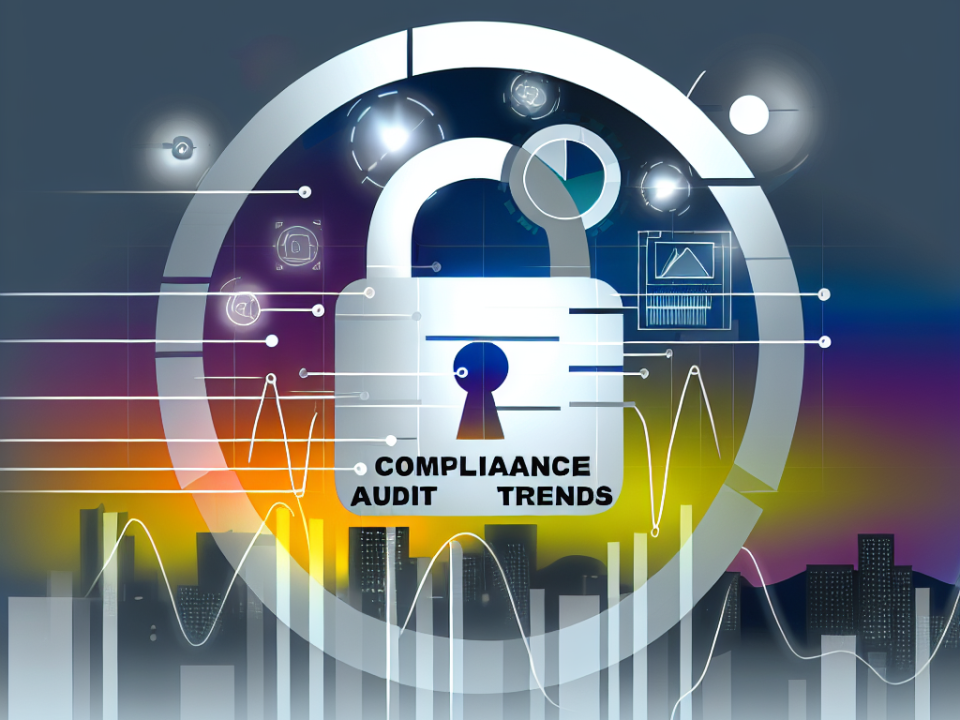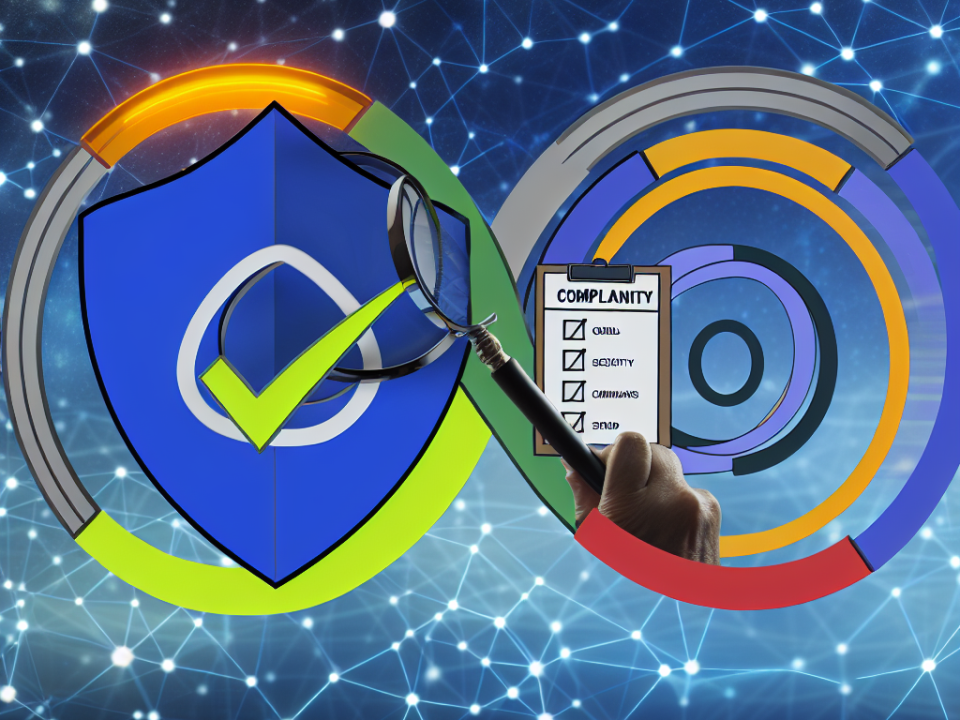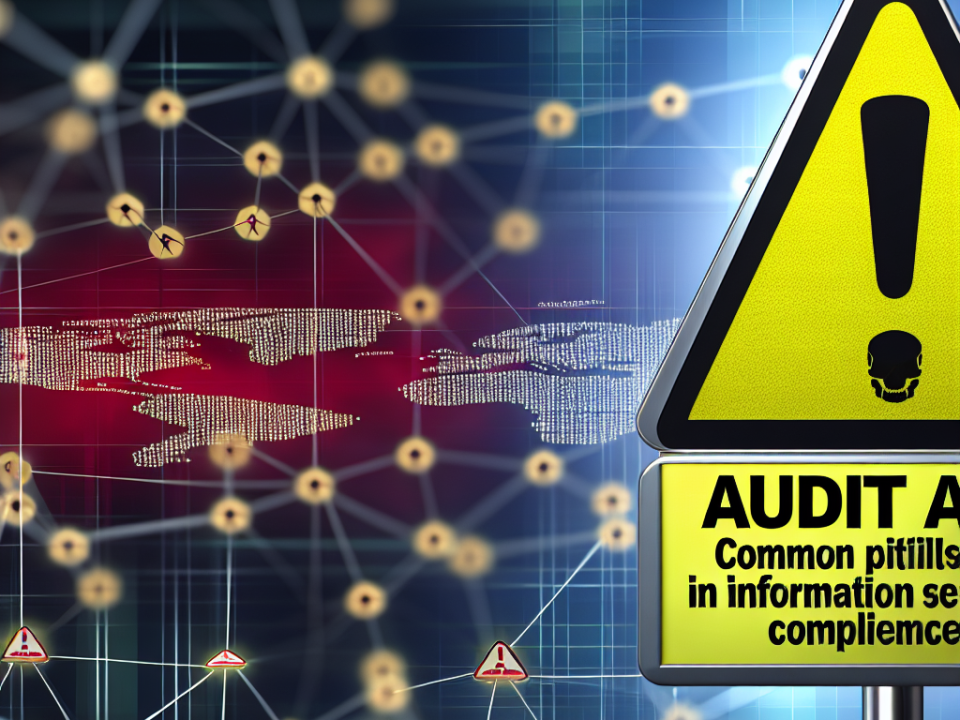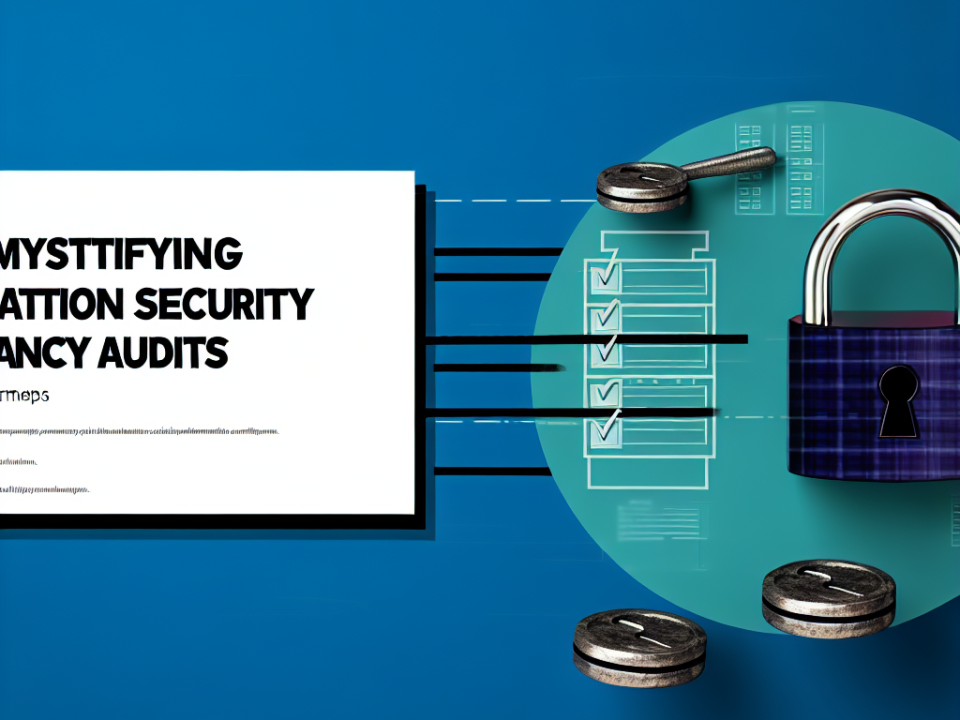
SIEM in Action: Case Studies of Successful Threat Mitigation
June 26, 2025
Choosing the Right SIEM Solution: What You Need to Know
June 27, 2025
In today’s digital landscape, data breaches and regulatory penalties are at an all-time high. Organizations face increasing pressure to comply with a myriad of regulations, from GDPR to HIPAA, while navigating the complexities of a remote workforce and a rapidly evolving technological environment. At the heart of effective compliance lies a crucial element: strong identity management. This article explores how robust identity fundamentals serve not only to fortify compliance but also to protect the organization as a whole.
Understanding the Importance of Strong Identity Management
Identity management involves the processes and technologies that allow an organization to manage user identities and access to its systems and data. By implementing strong identity fundamentals, organizations not only protect sensitive information but also ensure compliance with legal and regulatory requirements.
Key Elements of Strong Identity Fundamentals
-
User Authentication: Effective authentication mechanisms (such as multi-factor authentication or biometric systems) ensure that only authorized users can access critical systems and data. By requiring multiple forms of verification, organizations can significantly reduce the risk of unauthorized access.
-
Role-Based Access Control (RBAC): Implementing RBAC allows organizations to restrict access based on the user’s role within the organization. This principle of least privilege ensures that employees only have access to the information necessary for their job functions, minimizing exposure to sensitive data.
-
Identity Governance and Administration (IGA): IGA solutions help organizations oversee who has access to what resources and verify whether the access is appropriate. Regular audits and certifications of user access help ensure compliance with internal policies and external regulations.
-
Single Sign-On (SSO): SSO streamlines the user experience by allowing individuals to access multiple applications with one set of credentials. This not only enhances user satisfaction but also strengthens security by reducing the potential for password fatigue and unauthorized sharing of credentials.
- User Lifecycle Management: Handling the entire user lifecycle—from onboarding to offboarding—is critical for maintaining compliance. Automating user reviews and provisioning processes ensures that access rights are current and aligned with the user’s role in the organization.
The Compliance Connection
Strong identity management directly correlates with a company’s ability to maintain compliance with various regulations and standards, including:
-
Data Protection Regulations: Laws such as the General Data Protection Regulation (GDPR) emphasize the need for organizations to secure personal data and grant users rights over their information. Robust identity management frameworks facilitate these requirements by controlling access to personal data and ensuring accountability through audit trails.
-
Industry Standards: Compliance frameworks like the Payment Card Industry Data Security Standard (PCI DSS) mandate strict controls around user access to cardholder data. A strong identity program provides the necessary controls to adhere to these standards.
- Auditing and Reporting Requirements: Many regulations require organizations to maintain logs of user activity and access changes. Effective identity management solutions can automate this process, making it easier to provide necessary reports during audits.
Risk Mitigation Through Identity Management
In addition to fostering compliance, strong identity fundamentals play a pivotal role in mitigating risks. The following aspects highlight how effective identity strategies contribute to risk management:
-
Data Breach Prevention: By safeguarding access through strong authentication and governance policies, organizations can mitigate the risks associated with data breaches, which often result from compromised credentials.
-
Reducing Insider Threats: Misuse of access rights can lead to significant internal threats. Strong identity management practices dramatically lower the likelihood of insider threats by ensuring that employees’ access aligns with their job responsibilities.
- Maintaining Business Continuity: In the event of a disruption, organizations equipped with strong identity management systems can quickly pivot by controlling access to critical resources, ensuring that only the right individuals can continue operations.
Conclusion: A Strategic Investment
Investing in strong identity fundamentals is not merely a compliance checkbox; it is a strategic necessity for any organization navigating the modern digital landscape. By fortifying identity management practices, organizations can unlock the doors to compliance, mitigate risks, and protect their most valuable asset—data.
In doing so, they not only safeguard their operations but also build trust with customers and partners, establishing a solid foundation for future growth and success in an increasingly regulated world. Investing time and resources into developing robust identity management capabilities can ultimately transform compliance from a burdensome requirement into a powerful competitive advantage.







